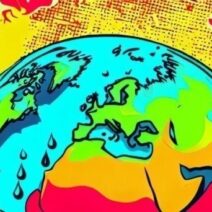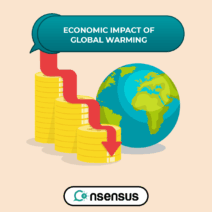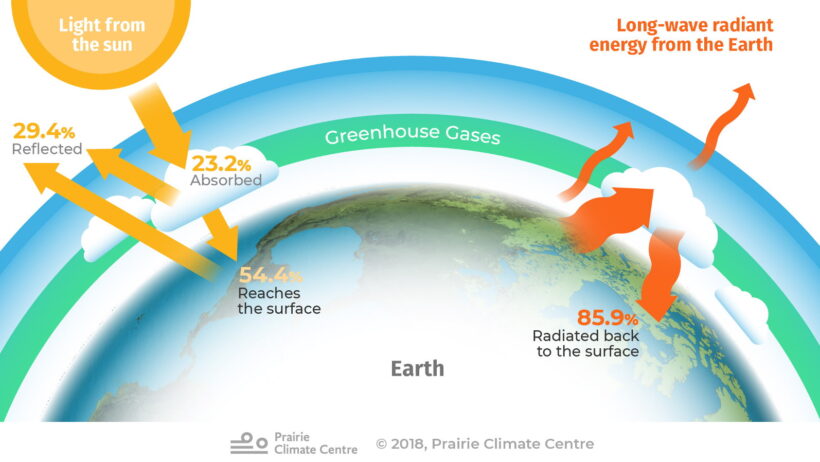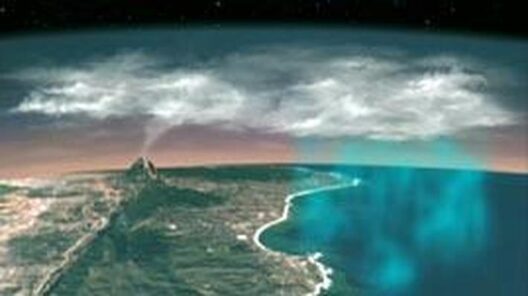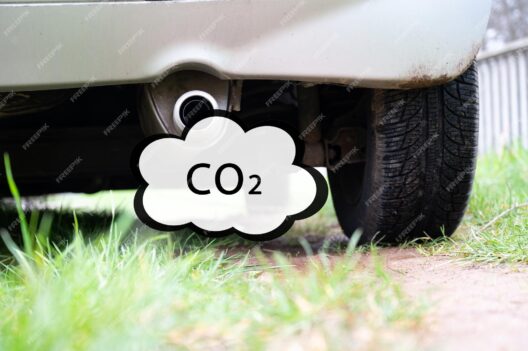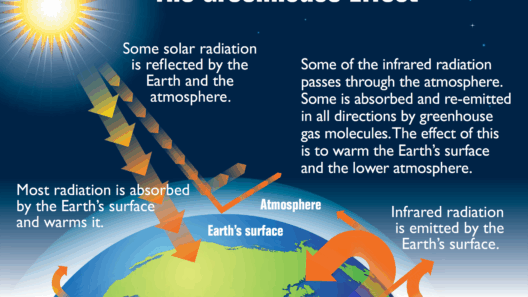Understanding the delicate equilibrium of our planet’s climate system is akin to deciphering the intricate dance of a tightly woven tapestry. At the core of this dynamic interplay lie greenhouse gases, entities both invisible and consequential. This article endeavors to unravel the complex relationship between these gases and our climate, illuminating how their presence—whether in abundance or scarcity—shapes our environment and, ultimately, our future.
Greenhouse gases (GHGs) act as the atmospheric guardians of our planet, but like sentinels burdened by excess, their heightened concentrations can wreak havoc. Carbon dioxide, methane, nitrous oxide, and water vapor form a potent mix in the Earth’s atmosphere. Understanding their roles requires a deep dive into the mechanics of greenhouse gas emissions and their implications for climate perturbation.
The essence of greenhouse gases lies in their ability to absorb and re-emit infrared radiation. This phenomenon, known as the greenhouse effect, is akin to wrapping the Earth in a warm, protective blanket. However, as human activities—such as burning fossil fuels, deforestation, and industrial processes—enhance the concentrations of these gases, the blanket grows thicker and heavier, leading to an alarming rise in global temperatures.
The cascading impacts of climate change amplify the urgency of scrutinizing these gases, for the very systems that support life are being compromised. From ocean currents to weather patterns, the ramifications of increased greenhouse gas emissions are profound. We are witnessing shifts in ecosystems, with species struggling to adapt or facing extinction as their habitats transform under the relentless onslaught of climate change.
Moreover, the interplay between greenhouse gases and climate extends to extreme weather phenomena. As the atmosphere warms, it intensifies storms, amplifies droughts, and fosters wildfires, each event telling a story of imbalance. The once-predictable rhythms of nature become erratic, reflecting a world grappling with unprecedented challenges. The question arises: Can we recalibrate this intricate system before it becomes irrevocably altered?
To appreciate the magnitude of this challenge, one must consider the historical context of greenhouse gas emissions. The Industrial Revolution marked a significant turning point, as humanity began to harness fossil fuels with abandon. The subsequent surge in carbon dioxide levels is staggering, with concentrations rising from about 280 parts per million in the pre-industrial era to over 410 parts per million today. This dramatic increase is not merely a number; it corresponds to an array of alarming environmental shifts that threaten our very existence.
As we analyze the relationship between greenhouse gases and climate, one cannot overlook the role of feedback loops. Certain phenomena, such as melting ice caps and permafrost thawing, release additional greenhouse gases into the atmosphere. This interplay further exacerbates warming, creating a perilous cycle that may spiral out of control if left unchecked. In essence, we find ourselves at a crossroad: a moment where action is not just desirable but imperative.
The unique appeal of this narrative lies in the realization that the journey toward understanding and mitigating the impact of greenhouse gases is not solely a scientific endeavor but a moral one. Individuals, communities, and governments must act collectively and decisively. Renewable energy sources, sustainable agriculture, and innovative technologies hold the promise of a greener future. The transition toward a low-carbon economy beckons us all to invent and adapt, harnessing our ingenuity to forge a sustainable trajectory for generations to come.
Individual actions can ripple outward, creating a wave of change. Everyday choices—such as reducing meat consumption, utilizing public transport, or supporting local initiatives—can contribute to lowering greenhouse gas emissions. Collectively, these actions have the potential to catalyze a broader movement toward sustainability. This metamorphosis requires us to reimagine our relationship with energy, consumption, and biodiversity.
Education plays a pivotal role in shaping public awareness and fostering understanding. By disseminating knowledge about greenhouse gases and their climatic implications, we empower individuals to make informed decisions and advocate for policies that prioritize environmental stewardship. Schools, media, and community organizations serve as conduits for this essential dialogue, bridging gaps between scientific communities and the public at large.
Undeniably, the narrative of greenhouse gases is rife with complexity and interconnectivity. It highlights the fragility of our ecosystem while simultaneously underscoring the resilience of human spirit and innovation. Just as a single leaf swaying in the breeze can signify the dawning of autumn, each reduction in greenhouse gas emissions symbolizes a subtle yet powerful shift towards ecological balance. Therein lies our hope—for by understanding the intricate dance of greenhouse gases and climate, we forge the path toward a sustainable and harmonious existence on this planet.
As we stand at this pivotal junction, let us reflect on our place within the grand tapestry of life. The threads we weave today will echo through the ages, shaping the narrative of our planet’s health and vitality. Will we choose to entangle ourselves in a web of despair, or will we embrace the challenge, blossoming into a community united by purpose and driven by action? The choice is ours, and the time to act is now.
